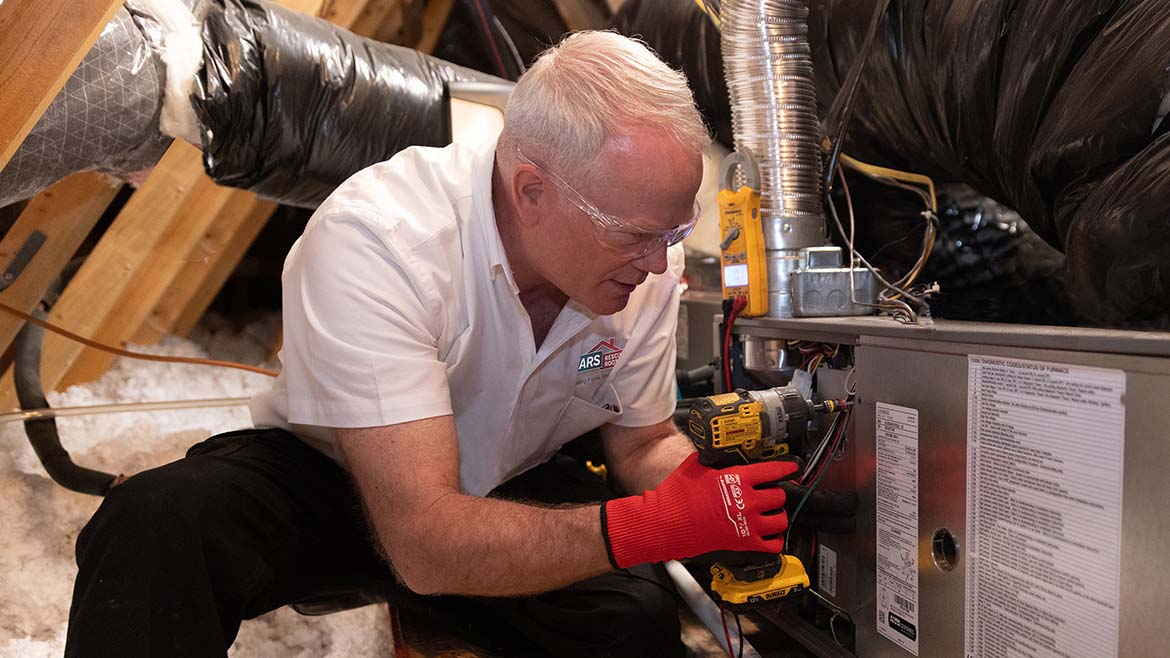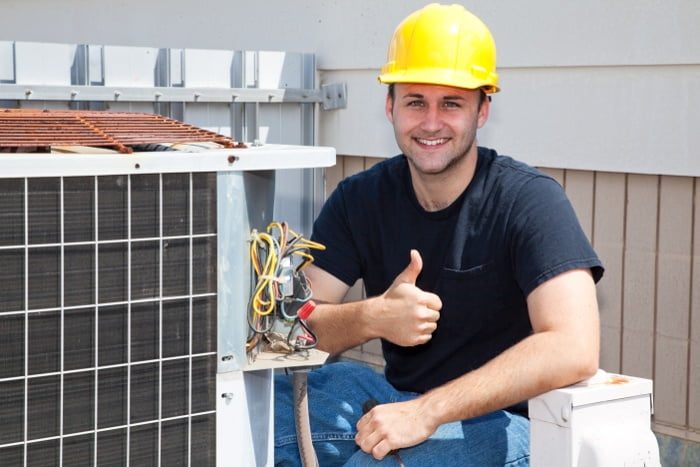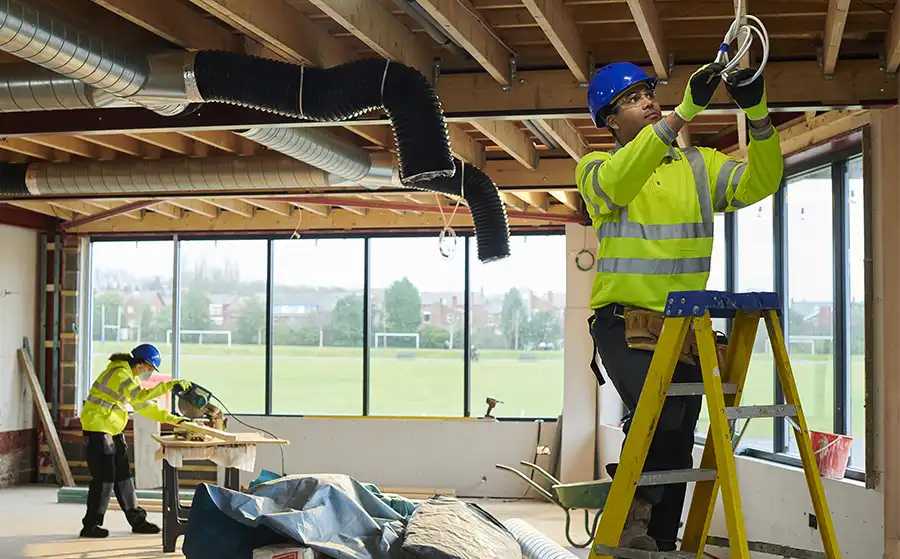Heating Installation Canoga Park What does an HVAC Contractor Do?
Purchasing a Trane furnace requires cautious consideration of a number of cost aspects. Homeowners often focus primarily on the upfront price of the unit itself, but this approach can lead to miscalculations when budgeting for overall heating expenses. Evaluating the acquisition value, installation prices, ongoing maintenance, vitality efficiency, and potential restore bills presents a more comprehensive view of complete ownership costs.
The preliminary funding in a Trane furnace usually varies primarily based on mannequin and capacity. Different models offer varied features, such as superior expertise and power efficiency scores, which can influence the general value. Higher-efficiency models may have a higher preliminary price ticket, but the long-term savings on vitality payments can justify that upfront expenditure.
Installation plays a critical function within the last cost. Professional installation can be a important expense, and it's essential to obtain quotes from certified HVAC contractors. Factors influencing installation prices include the complexity of the job, the present ductwork, and any required modifications. Be certain to ask for detailed estimates that cover labor as well as supplies, as this can provide a clearer image of the entire cost concerned.
Maintenance costs should not be underestimated. Regular maintenance is essential for making certain a Trane furnace operates efficiently. Annual tune-ups may help keep guarantee circumstances. While some homeowners could think about foregoing skilled maintenance to economize, this can result in more important repairs and inefficiencies if problems are left unaddressed. Investing in routine servicing can ultimately save householders from expensive breakdowns in the lengthy run.
HVAC Troubleshooting Guide Canoga Park HVAC Contractor & HVAC Tune-ups
Energy prices characterize one other crucial component of overall possession bills. Trane furnaces include various vitality efficiency scores, typically denoted by the Annual Fuel Utilization Efficiency (AFUE) percentage. A larger AFUE indicates that a furnace converts a more significant slice of gasoline into heat, resulting in decrease utility payments. Proactively evaluating energy utilization and considering upgrades that improve efficiency can considerably lower annual heating costs.

What components influence the price of a Trane furnace installation?
Several factors impression the installation cost, together with the sort and size of the furnace, further ductwork or modifications needed, native labor rates, and any essential permits or inspections required by local rules.

Sustainable HVAC Solutions Canoga Park Contractor Locator
Yes, many Trane sellers offer financing options, allowing clients to pay for his or her furnaces in monthly installments. It's advisable to inquire about these options during your consultation and examine rates and terms.

Higher energy efficiency try this site scores usually include a higher upfront value, however they'll lead to significant savings on power payments over time. Models with larger efficiency ratings often qualify for rebates, making them more financially viable in the lengthy term.
What are the upkeep costs associated with Trane furnaces?
AC Installation Canoga Park What Is an HVAC Contractor? (2024 Guide)
Annual maintenance for a Trane furnace usually ranges from $100 to $300. Regular maintenance helps guarantee optimal efficiency and might extend the furnace's lifespan, probably saving cash on repairs over time.
Are there warranties available for Trane furnaces, and how do they have an result on costs?
Trane presents warranties on their furnaces, usually covering parts for 5 to 10 years. Some fashions might embody prolonged warranties for an extra cost. Warranties might help mitigate repair prices and supply peace of thoughts.
HVAC System Design Canoga Park How To Find The Best HVAC Services Near You
How do native climate situations affect the price of a Trane furnace?

Local HVAC Contractor Canoga Park How to choose an HVAC contractor
What ought to I think about earlier than purchasing a Trane furnace?
Consider components such as your home size, particular heating needs, power efficiency rankings, budget, and long-term prices. Consulting with a qualified HVAC professional may help you determine the most effective model on your residence.
Can I install a Trane furnace myself to go to this web-site save lots of on costs?
While it could seem cost-effective to install a furnace your self, it's usually really helpful to rent a professional. Ductless Mini Split Canoga Park. Improper installation can lead to safety risks, reduced efficiency, and costly repairs later on.